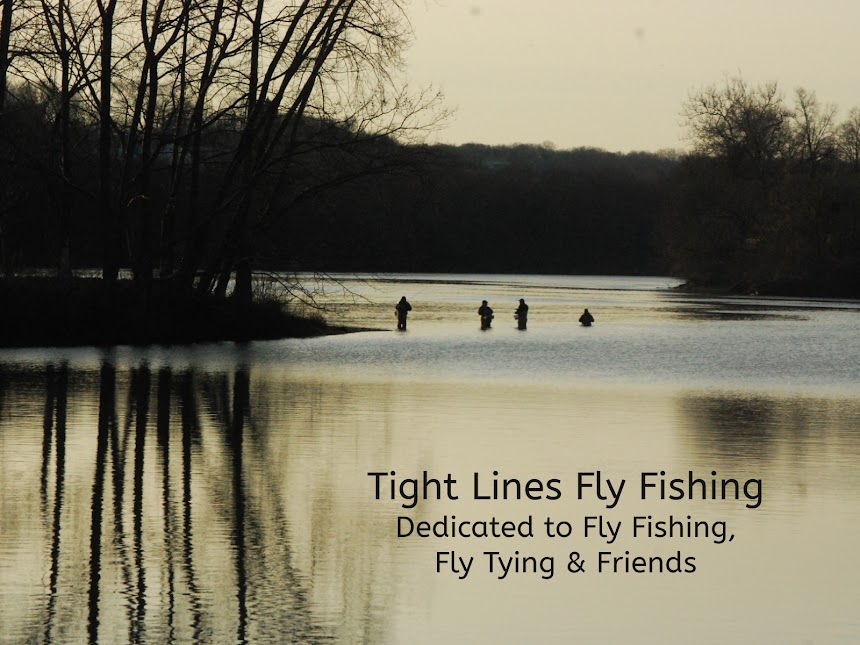Wood Special
Hook: Size #8 Dai-Riki #700 Streamer hook; or use
Mustad 3665A (or preferred hook).
Thread:
UTC 70 Denier Black
Thread.
Rib: Small Silver Mylar Tinsel.
Tail: Golden Pheasant Crest Tippets.
Body: Florescent Orange Chenille.
Wing: Wood Duck lemon flank feather.
Throat/hackle: Brown or Grizzly hen hackle barbules.
Eyes: (Optional)
Jungle Cock.
Head: Thread, finished with UV Resin.
This is a very traditional & famous Maine Streamer. It was developed by Joe Sterling in the 1960’s. Still a very popular streamer pattern in Maine, it’s a great productive fly anywhere. It’s been a longtime staple of mine here on CT waters. The size of this streamer is on the smaller size, limited due to the length of the Wood Duck wing. It seems most fly fishers are into the bigger articulated streamers. I tend to go in the other direction fishing smaller streamer sizes.
To tie this fly, secure the hook in your tying vice and start your thread an eye length space behind the eye. Now, tie in your Silver Mylar Tinsel. I bind it down where my thread wraps start and wrap down to the bend. Next, tie in your Golden Pheasant Crest Tippets. You need approximately 1 whole feather for the tail. The tail should be slightly more than a hook gap in length. For almost every ‘traditional’ streamer you want to develop a very even body and base. When tying in the tail, wrap it back all the way up to your thread starting point. At the starting location of your tying thread, tie in your Orange Chenille. With the Chenille placed on top of the hook shank, wrap all the way back to the base of the tail. Bring the thread forward making open spiral wraps back up to your starting point. Next, make ‘touching’ wraps up the hook shank with your Chenille. At the tying thread, tie it off and cut off the tag end. Now, make even open spiral wraps with your Silver Tinsel rib. When you reach your tying thread, anchor it down and cut off the tag end. You are now going to prepare your Wood Duck feather for the wing. It is ultimately going to extend from just behind the hook eye to the tip of the tail. Strip off the fuzzy lower fibers of the feather. Collapse the wing by rolling it between your fingers. You want the feather to have a nice curve with the fibers sticking together. Now, tie in and anchor the feather to the top of the hook shank. Cut off the butt end of the feather. With you thread create a smooth base for your hackle. Prepare a Grizzly Hen hackle for your Throat. Tie it in at the head and wrap it to create a Throat with approximately 3 wraps. Tie the feather off and clip off the butt end. Create an even head while sweeping back the feather fibers. Tie it off and apply some UV Resin or cement of your choice.
Below is a great instructional video from Tightlinevideo.
If you have
any questions about this fly or would like to submit a Fly of the Month I can
be reached at 203 305-3850 or at pdinice@frontier.com .


